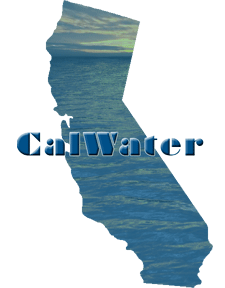Planning Begins for Experiment to Study Influence of Aerosols on California Water Supply
September 10, 2008

Researchers from NOAA's Earth System Research Laboratories will participate in the CalWater: Energy, Water, and Regional Climate Planning Meeting on September 15-17, 2008 at Scripps Institute of Oceanography in La Jolla, CA. Participants are planning a joint experiment between NOAA, the California Energy Commission, and Scripps Institute of Oceanography to study the interactions between air quality and the hydrologic cycle in a changing climate. Expected outcomes of this meeting include a science plan and an implementation strategy describing testable hypotheses addressing how aerosols from regional and trans-Pacific pollution influence water supply and snowpack in California.
The interaction of increased regional and transported pollution and global warming trends will have an unknown affect on California's water supplies. On one hand, air pollution may partially offset the warming trend by increasing the sunlight scattering off of aerosols which will cool the surface. But on the other hand, increasing pollution deposited within snowpacks will darken the snow which will absorb more radiation and melt the snowpack quicker reducing California's natural snowpack reservoirs. These non-linear and off-setting interactions are dependent on the type and amount of aerosols as well as the state of the regional climate. California is interested in finding the most effective way to simultaneously reduce emissions of greenhouse gases, aerosols, other air pollutants and their precursors while maximizing the benefits for air quality, water resources, and climate change.
This experiment will leverage heavily the NOAA HMT-West effort, as well as NOAA's UAS Program and will address anthropogenic effects of aerosols on precipitation, and climate change impacts on the amplitude and frequency of extreme precipitation events involving atmospheric rivers.
| Contacts: |